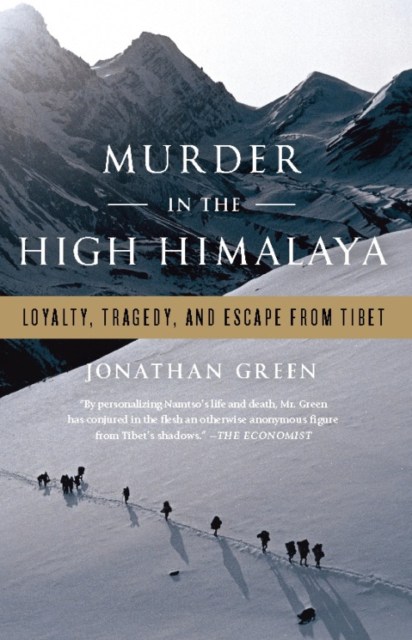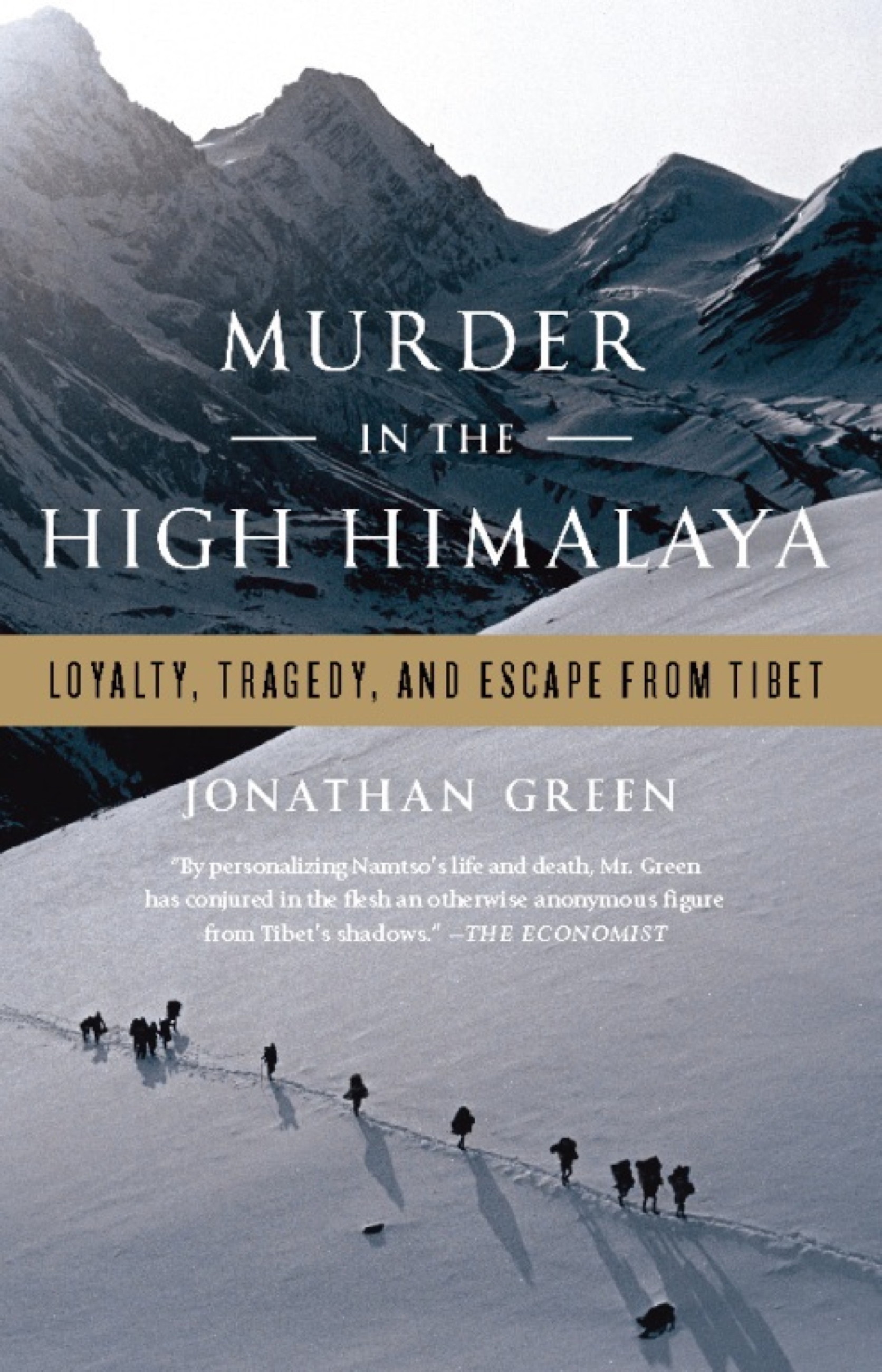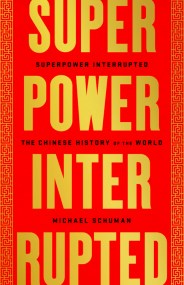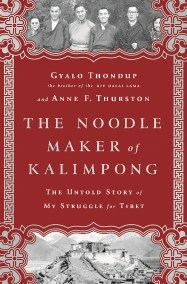Promotion
Use code BEST25 for 25% off storewide. Make sure to order by 11:59am, 12/12 for holiday delivery!
By clicking “Accept,” you agree to the use of cookies and similar technologies on your device as set forth in our Cookie Policy and our Privacy Policy. Please note that certain cookies are essential for this website to function properly and do not require user consent to be deployed.
Murder in the High Himalaya
Loyalty, Tragedy, and Escape from Tibet
Contributors
Formats and Prices
- On Sale
- Jun 1, 2010
- Page Count
- 304 pages
- Publisher
- PublicAffairs
- ISBN-13
- 9781586488642
Price
$9.99Price
$12.99 CADFormat
Format:
- ebook $9.99 $12.99 CAD
- Trade Paperback $21.99 $28.99 CAD
This item is a preorder. Your payment method will be charged immediately, and the product is expected to ship on or around June 1, 2010. This date is subject to change due to shipping delays beyond our control.
Buy from Other Retailers:
Murder in the High Himalaya is the unforgettable account of the brutal killing of Kelsang Namtso — a seventeen-year-old Tibetan nun fleeing to India — by Chinese border guards. Witnessed by dozens of Western climbers, Kelsang’s death sparked an international debate over China’s savage oppression of Tibet. Adventure reporter Jonathan Green has gained rare entrance into this shadow-land at the rooftop of the world. In his affecting portrait of modern Tibet, Green raises enduring questions about morality and the lengths we go to achieve freedom.
Genre:
Newsletter Signup
By clicking ‘Sign Up,’ I acknowledge that I have read and agree to Hachette Book Group’s Privacy Policy and Terms of Use





